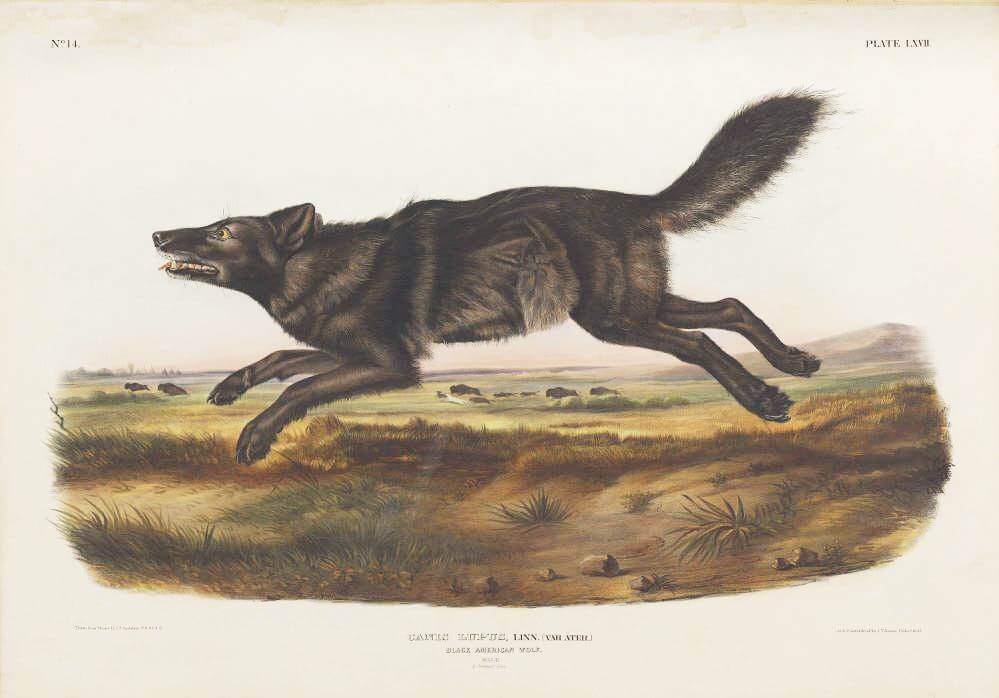Dusicyon australis
1876
Illustration of the Falkland Islands wolf (labelled with its old taxon name, canis antarcticus) from The Zoology of the Voyage of H.M.S. Beagle (1839) edited by Charles Darwin -- Source

Dusicyon australis
1876
Illustration of the Falkland Islands wolf (labelled with its old taxon name, canis antarcticus) from The Zoology of the Voyage of H.M.S. Beagle (1839) edited by Charles Darwin -- Source
We barely knew the warrah, begins a recent National Geographic feature on the Falklands Islands wolf. It was first sighted by Captain John Strong in 1690, studied by Charles Darwin in 1833, and then, forty years later, was nevermore. The animal had a reputation for foxlike slyness, hence its original French name, loup-renard (wolf-fox). Darwin remembered how one stole some meat from beneath the head of a sleeping seaman. While Thomas Huxley classed the Falklands wolf as a coyote, it is closer to the South American fox (itself not a true fox). The only endemic mammal to the Falkland Islands, the wolf was assumed to have crossed on an Ice Age land bridge to the unpeopled archipelago in some prehistoric time. Yet recent genetic research suggests that the animal left its mainland ancestors in the recent geological past (16,000 years ago), and may have been accompanied by human companions. It was hunted to extinction.

Bos primigenius
1627
Illustration of an aurochs from Siegmund von Herberstein's Rervm Moscoviticarvm commentarij Sigismundi (1556) Source
Itsok